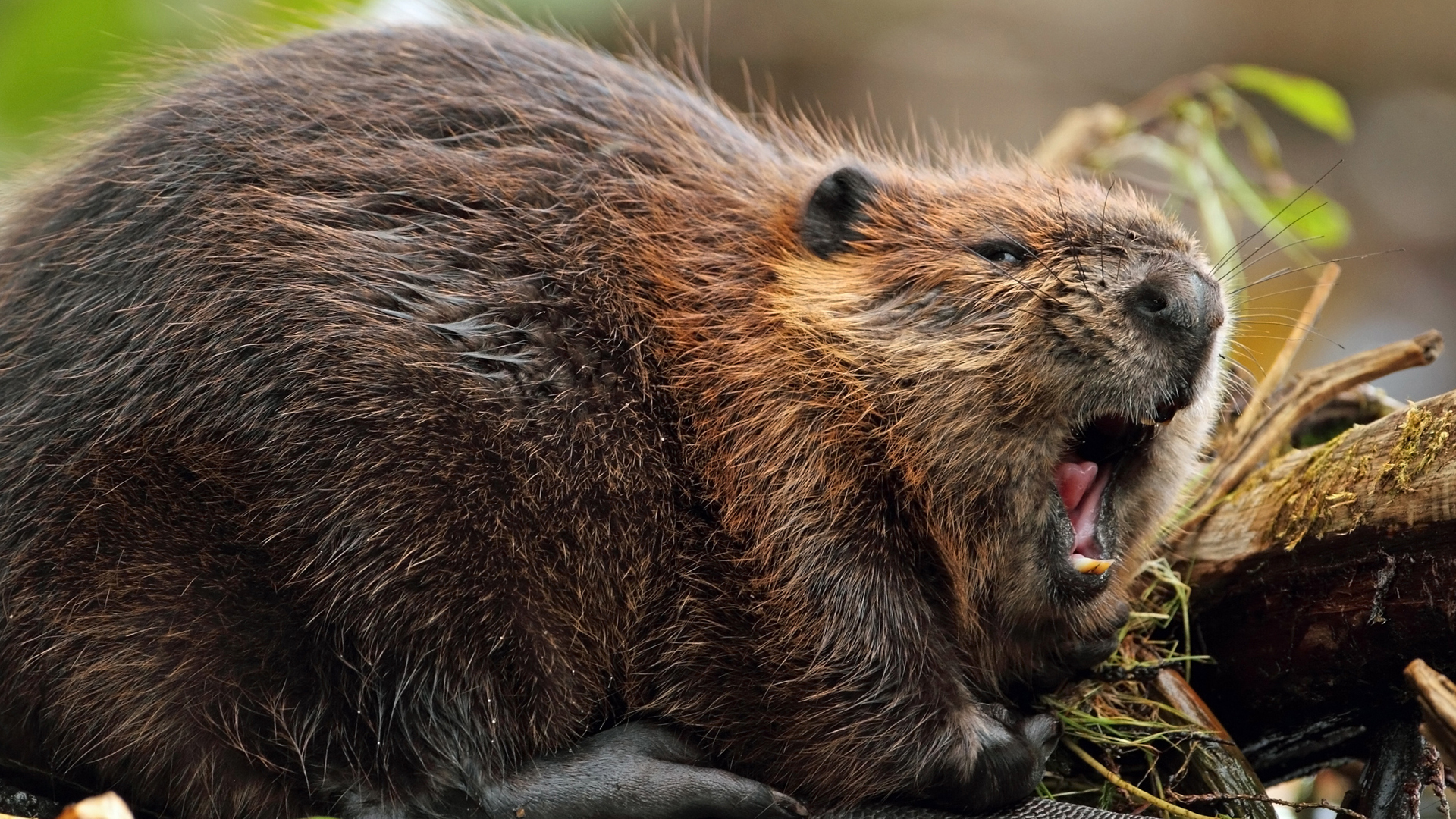If you’ve had something with vanilla in it (and you have) then you might be surprised to learn that you’ve also had beaver urine and anal gland secretion.
By the way, I often cross post these on Facebook, and they always show the first couple lines in the preview. I have to imagine that this particular post preview is going to be one of the more amusing ones for people to come across.
Anyway, the ingredient is called Castoreum and it’s a yellowish secretion of the castor sac in combination with the beaver’s urine, used during scent marking of territory. Both male and female beavers possess a pair of castor sacs and a pair of anal glands located in two cavities under the skin between the pelvis and the base of the tail.
In what was undoubtedly a bet made while intoxicated on paint fumes, the secretion was collected and tasted and someone got the great idea that it would make an awesome flavor additive and perfume.
Possessing a flavor that resembled vanilla, the additive was quickly approved by the FDA and realizing that “Beaver ball oil” wouldn’t sell well on the ingredients list got the FDA to go ahead and legally label it as “natural flavoring”. It’s more commonly found in vegetarian dishes because… well, who knows.
Perfumes wanting to possess more of a “leathery” scent used the Castoreum, including perfumes like Emeraude, Chanel Antaeus, Cuir de Russie, Magie Noire, Lancôme Caractère, Hechter Madame, Givenchy III, Shalimar, and many others. Men take note: if you’re ever somewhat pissed at your wife or girlfriend but have to buy a gift anyway, Beaver-ball perfume is a great gift.
As an added bonus, many cigarettes also use the flavoring… but in all fairness nobody particularly cares given all the other health problems with smoking.
Winner!
